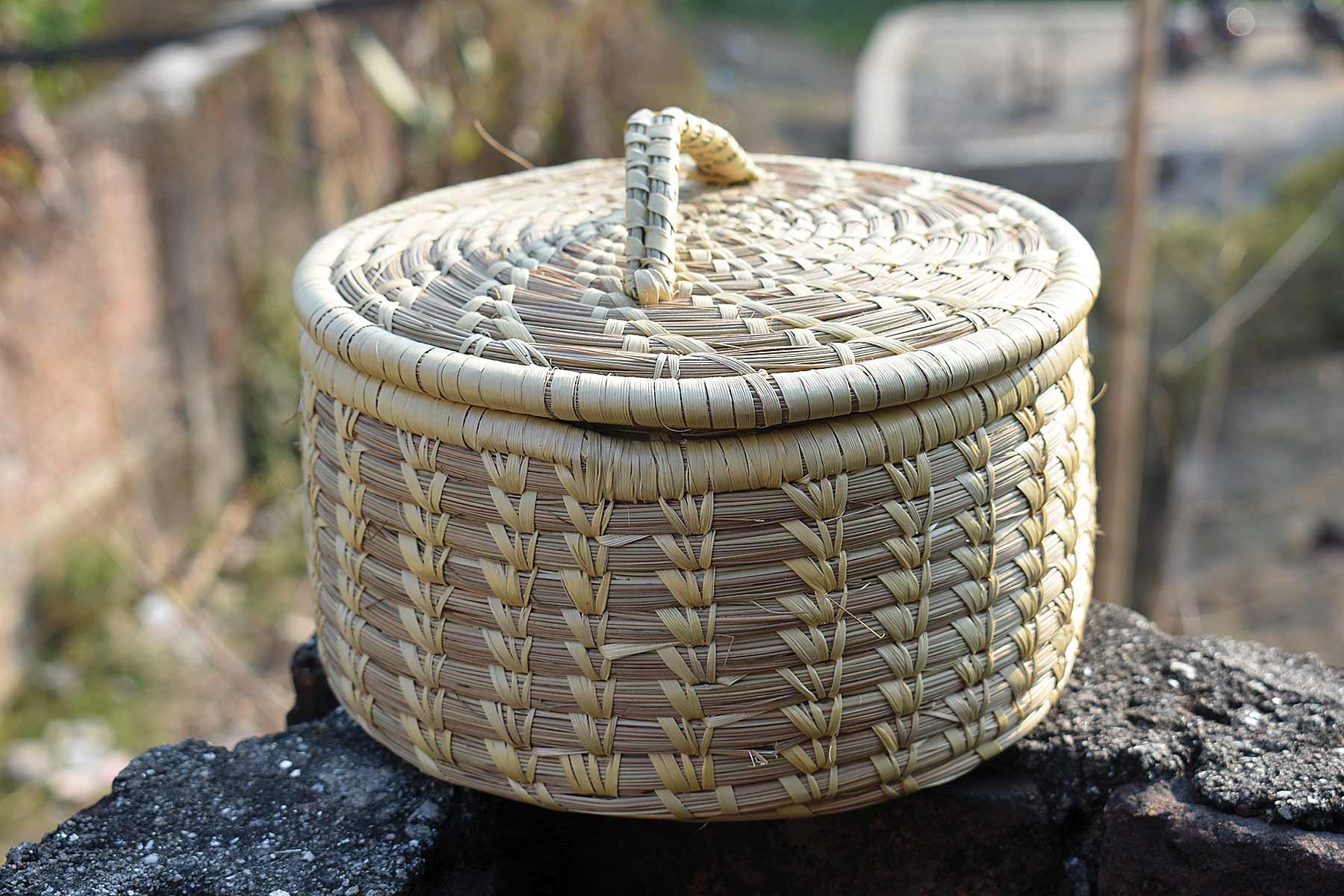There’s an explanation for everything!
I recently overheard a visitor asking Dilendra Shrestha of Patan why there was a stone bull outside the Ganesh temple. “Shouldn’t it be a mouse?” he asked. Dilendra, without blinking an eye, explained: “Ganesh is the son of Shiva whose vehicle is the bull. Just as we borrow our parents’ car or motorcycle once in awhile, Ganesh was using the bull on that particular occasion...”
Such stories, legends and folklore are some for the reasons why Kathmandu valley is so unique and enjoyable. There is a story behind every icon, monument, natural phenomenon, event, festival, and ritual. Just ask. For example, the temple complex at Changu Narayan has an incomplete stone elephant. If you ask why, you’ll hear that the work stopped when the “stone began to bleed”. In a country where we do not seem to reach consensus on anything, we all agree on the “bleeding stone elephant” story. Is it possible the workers were not paid on time, or were paid insufficiently, and decided to make up the story? That was before labor unions were active and powerful.
A visit to any bookstore in Kathmandu will provide a wide variety of books documenting some of the wonderful stories explaining almost anything you want to know about Kathmandu. One author, Kesar Lall, has published over 15 small books, each containing the oral traditions of Nepalese culture. His first was Lore and Legends of Nepal, published in 1961. Other writers like Desmond Doig, Karna Sakya, and Satya Mohan Joshi, have also contributed stories.
Keep asking. For example, why is there mist in the morning? Indra, the King of Heaven, came to Kathmandu valley one day to collect flowers for his mother’s rituals. The local people thought he was an ordinary thief, caught him, and tied him up. Indra’s true identity was revealed only after his worried mother descended to Kathmandu looking for her lost son. Indra was released in exchange for the morning mist, which allows the rice stalks to ripen for a longer period. Indra was given a grand farewell in the form of Indra Jatra, now an annual festival.
And why are there flies? When Mahadeva, or Shiva the Destroyer, lost his consort Satidevi, he was so sad that he began to roam the world carrying her dead body on his back. The bad forces began to cause havoc in the world, and even the gods were unable to maintain peace because Mahadeva was so preoccupied with grief. It was decided that the only way to get him back to work was to decompose Satidevi’s body. Humans and the gods approached the Creator and the fly was created to enable dead bodies to decompose. The site where her
reproductive organs fell is Guheswari Temple, located at Pashupati World Heritage site. Other body parts fell in other locations around the country.
Today, many of us carry our MP3 players to store music, photos and video. It is time to use them to ‘download’ and then ‘upload’ Nepal’s oral traditions. Everyone can contribute to this creative process using the latest technologies to make them available globally. Our children, while trying to make sense of who Humpty-Dumpty was, or why Jack and Jill went “up the hill” to fetch water, need to learn a bit more about our very own heritage tales.
Nepali villages are also treasure houses of stories that tell us why. Anyone who has walked in Nepal will have noticed that wherever landslides occur, within a few years alder trees grow up to stabilize the slopes. Ask any villager, why does this particular species grow on landslides? As the story goes, the rhododendron and the alder had a bad romance that broke up with the sleek and tall alder tree making fun of the short bushy rhododendron. When spring came and the rhododendron was in full bloom, the alder had to apologize and make up. Having failed and been rejected by the beautiful flowering shrub, the alder decided to commit suicide by jumping on to a landslide...
Seriously, it’s time to put those MP3s to good use.











